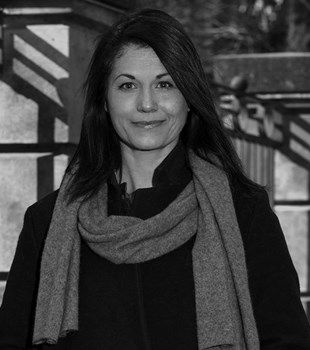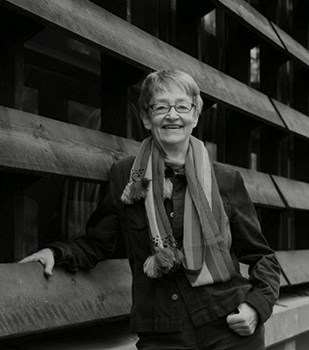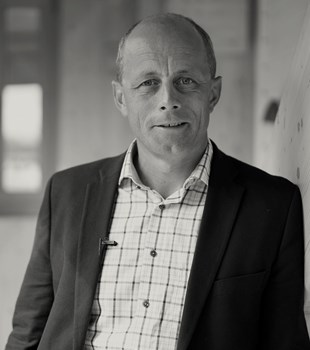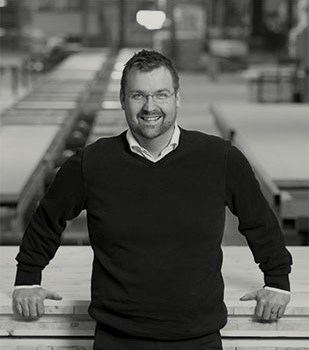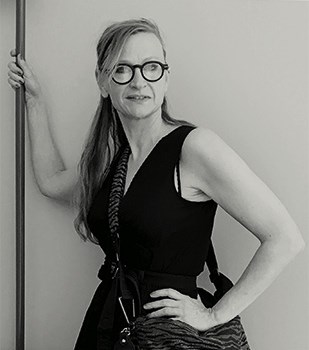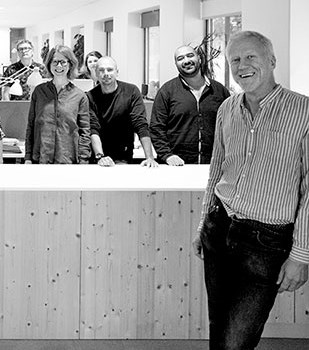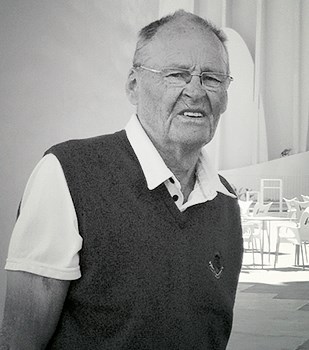We live in a country of forest, making it part of our national soul and our building tradition. From this wood we have crafted everything we needed, from ladles to chairs, and we have used the timber to build our houses. Walking barefoot on a wood floor, it feels soft and warm against the skin and the scent of the living material moves us on several levels. Living in a wooden home that can breathe does us good in many ways.
As an architect, modern wood construction is a reminder of our cultural tradition, but also of the architect’s role in shaping the art of building – where architecture and structural engineering are the same thing and not two separate groups of consultants.
There is a general consensus that wood is a good environmental choice, but naturally we should use wood where it works best and not lose sight of the bigger picture of building sustainable cities. There is a growing understanding of wood’s many benefits, some municipalities are leading the way with a vision of building in wood, and many of our clients are showing an interest.
Lack of knowledge creates uncertainty, which eats away at the confidence to try new things. But the knowledge is there, we just have to pass it on. The best arguments come in the form of built examples that show what good results can be achieved. We are currently working on several major wood projects. One is Skellefteå’s cultural centre and hotel, which at 18 storeys is teaching us how to go tall in wood.
In some situations, strong, light and flexible wood has to work in combination with other materials for optimum performance. 18 storeys can still be designed in principle as a traditional stacked structure. But if we are to create really tall buildings, we should look at how nature creates its stable structures. Future projects will be about more than the use of wood as sawn timber. We will be exploiting more of the tree, making use of fibres and lignin in various forms and compositions.
Wood is a material that is easy to cut and shape, which offers endless scope for design. The relatively new wood industry has every opportunity to embrace today’s digital tools and proficient robots in order to make the process from concept to finished product shorter and more efficient, with better quality assurance. This brings the architect closer to the craft again, liberating us from the need to limit ourselves to standard products and typical details. I look forward to a country where we manage our forests responsibly, a construction world where we use our resources efficiently, building quickly and with high quality, and where architecture’s spaces and materials move both body and soul.




